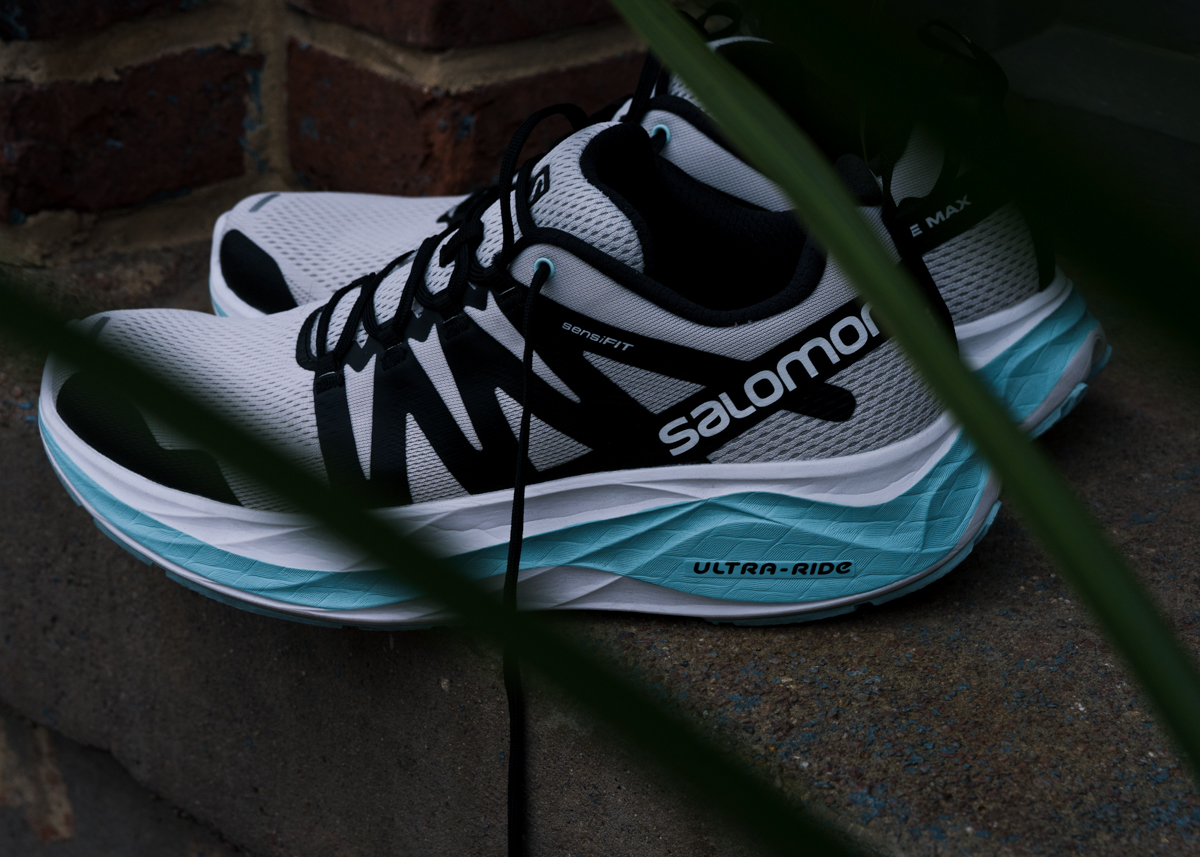
THOMAS: Salomon has secured its place as a premier brand in trail running. However, the brand has yet to find its stride on the road running scene (though we have reviewed past models like the RA Max 2, Sonic 3, and the recent carbon-plated road racer, the S/LAB Phantasm CF). Salomon road shoes have traditionally had firm midsoles with ample outsole rubber, and are closely modeled after the trail side, which caters to the European market that’s willing to sacrifice comfort for all-out speed and technical features.
Meanwhile, new lighter midsole materials started making their way into trail and road shoes. You might say we’ve all gone soft, but you can’t deny the benefits of the new foams. Leaps in technology offer better support during runs and the ability to recover faster.
Last year Salomon launched the Ultra Glide, a trail shoe our team was high on. It’s a lightweight, highly cushioned, capable trail shoe for long distances that challenges Hoka in the plush trail category. So, when we saw the Salomon Glide Max at The Running Event last December, we couldn’t wait to see how the road version of the Ultra Glide would fare on the pavement.
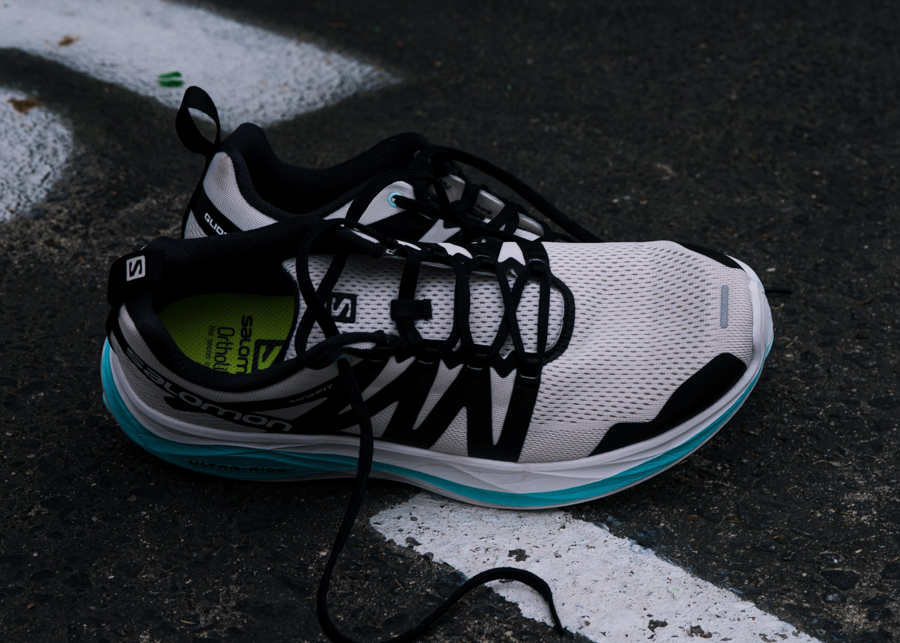
THOMAS: The Glide Max makes a great first impression with its bold and unique styling. As they say, we eat with our eyes. In this case, we run with them. The Lunar Rock/Black/Tanager Turquoise colorway isn’t as flashy as the orange and white version we drooled over in December, but it’s still a thing of beauty.
The upper is elegant in its simplicity. You’re working with three ingredients: a seamless engineered mesh, welded taping/overlays, and a rigid toe cap and heel counter insert. The upper feels accommodating for many foot shapes. Loosening the lacing will allow wide feet to ride in comfort, and cinching the laces gave my narrow foot a good fit.
The Energy Surge midsole (Olefin-based foam) is set up in Salomon’s R Camber geometry for fast transitions and has a stack height of 37.4 mm/27.4 mm, 10mm drop. The foam feels forgiving without feeling too soft. The closest sensation I can compartment it to is running in the Hoka Rincon 3.
The outsole has near full coverage rubber. There is some odd skin tag-like bridges of rubber connecting the different rubber masses. The engineers will tell you it serves a purpose, like creating flex points with structure. After 20-plus miles, the outsole is holding up well.
Shop Salomon – Men Shop Salomon – Women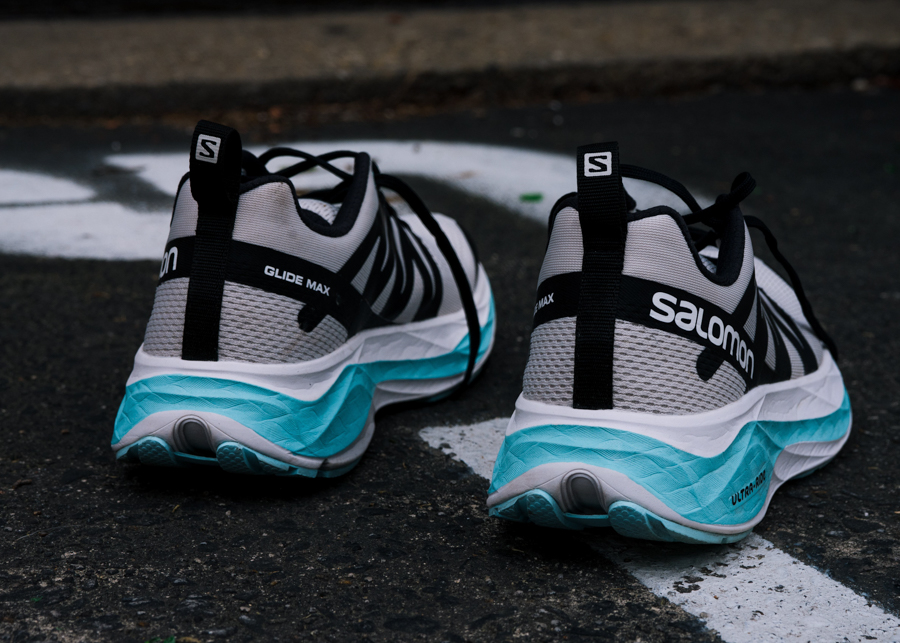
THOMAS: While the shoe welcomes many foot shapes, it took a few runs to dial my low-volume foot fit. On my first run in the shoe, the cushioning felt perfect. On the subsequent runs, the foam seemed to compress most noticeably under the balls of my feet. Typically I don’t notice the drop, but with the forefoot feeling less cushioned and the heel maintaining a high stack cushioned feel, I noticed the ground feel mid foot to my toes. It gives the shoe an uneven feeling.
The last thing I would look out for is the shoe can get a little warm on foot. My last run was in the low 50-degree range, and my feet were more than comfortably warm. I did have thick socks on, though.
Shop Salomon – Men Shop Salomon – Women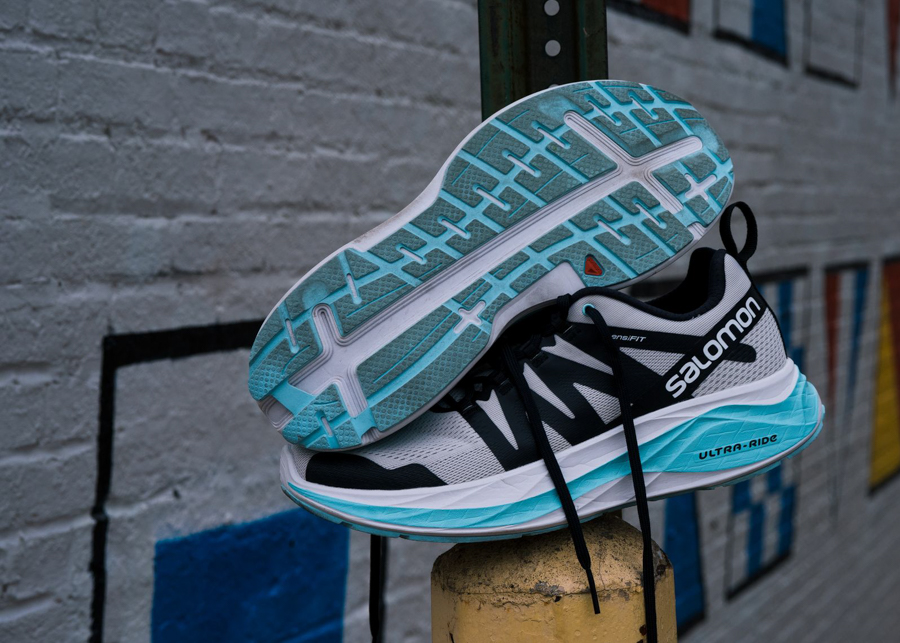
THOMAS: Overall, I like the shoe quite a bit. The running shoes Glide Max compares to the ASICS Nimbus Lite 3 and the Hoka Rincon 3, two shoes our team enjoyed. Like the Rincon, I wonder how long the foam will give a plush ride before it compresses down. Before writing this review, I noticed a difference in the underfoot feel from my first run to the last run (20 miles total). The cushion may hold here or get thinner under the toes as the miles increase. Time will tell.
The Glide Max is a big step in the right direction for Salomon in their road shoe category. The various models of Salomon road shoes don’t tell a cohesive story yet, but once they pick a path, I can see more runners picking the brand up and hitting the streets.
You can pick up the Salomon Glide Max in August for $150 at Running Warehouse (featuring free 2-day shipping and 90-day returns) by using the shop link below.
Shop Salomon – Men Shop Salomon – Women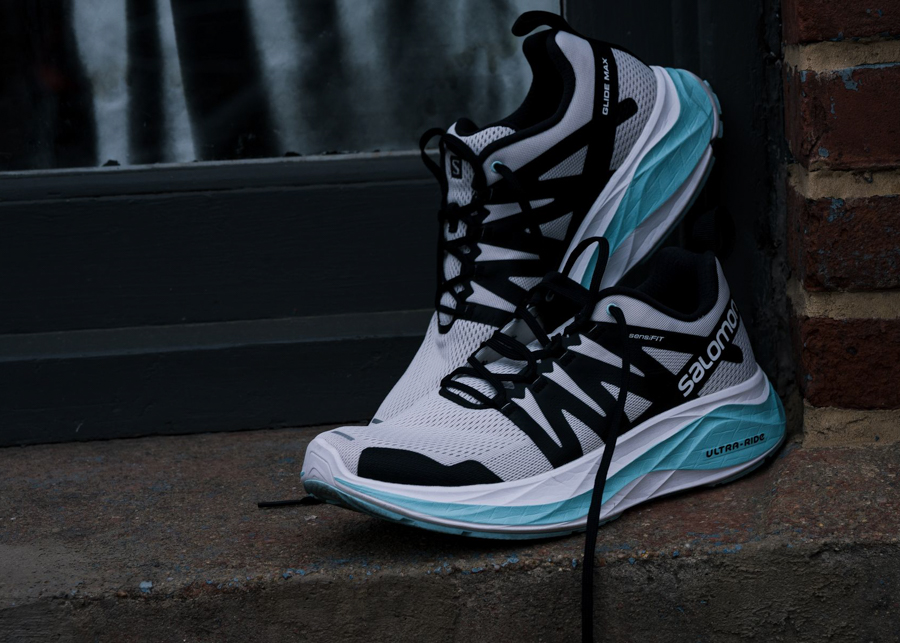
Want to learn more about how our review process works? Check out this guide.
Have something to say? Leave a Comment
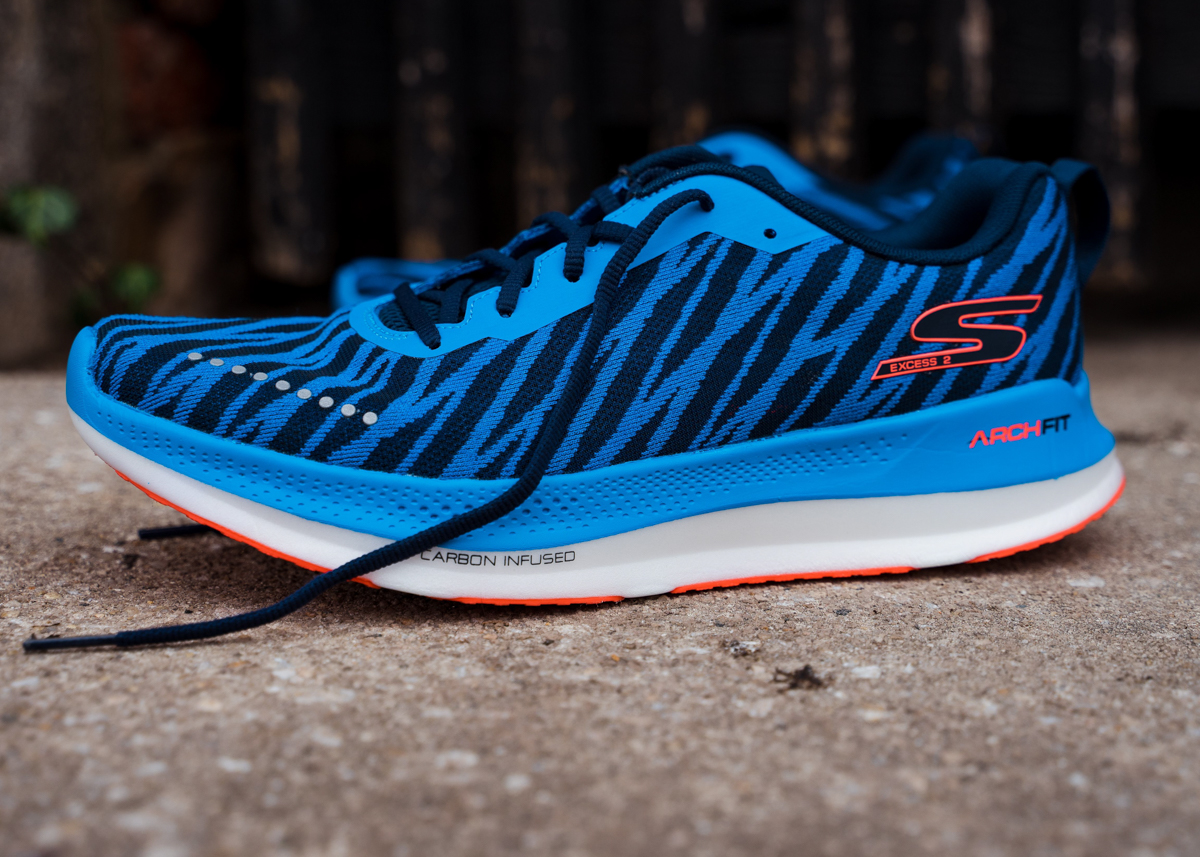
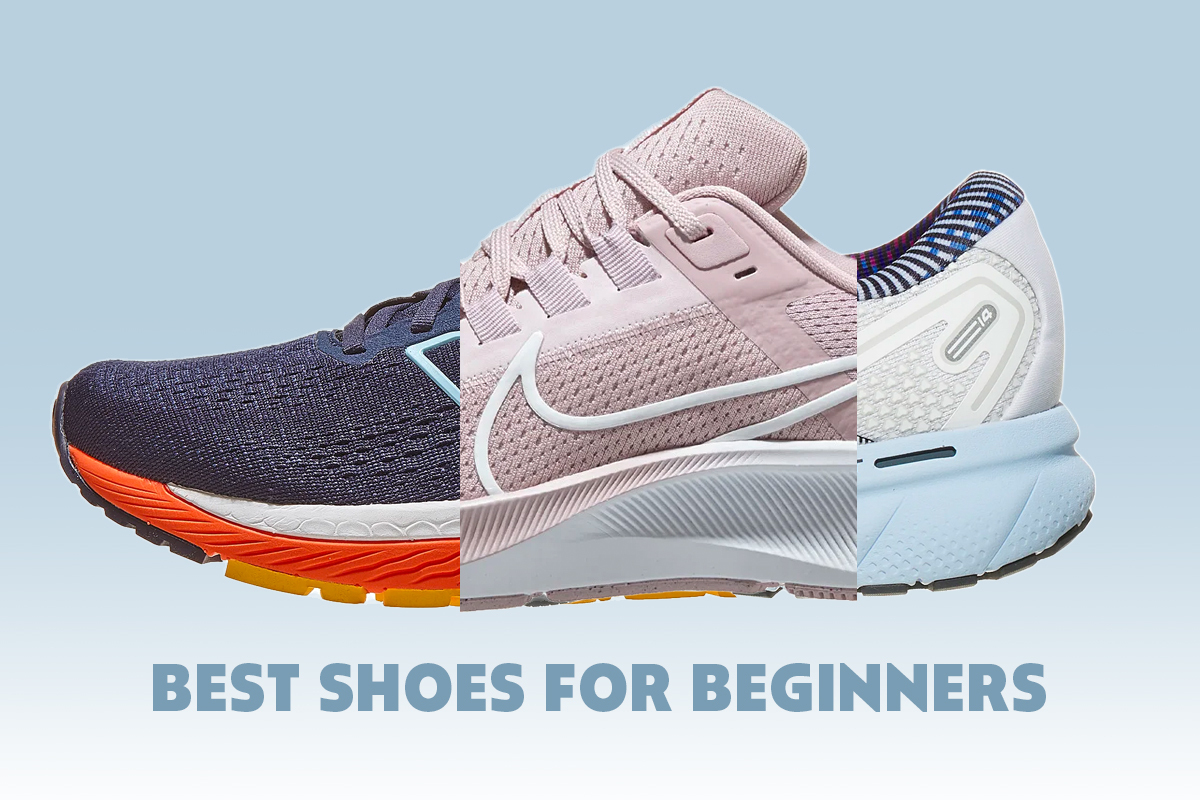
Forefoot foam compression caused me to ditch Hoka Arahi 5’s and New Balance 1080 V10’s after 200 miles, pretty much killing my enthusiasm for EVA-based midsoles. The Pwrrun PB in my Endorphin Speeds, however, has held up much better over 300 miles, likely due to the PEBA. I bet I’ll replace them due to outsole wear long before foam fatigue.